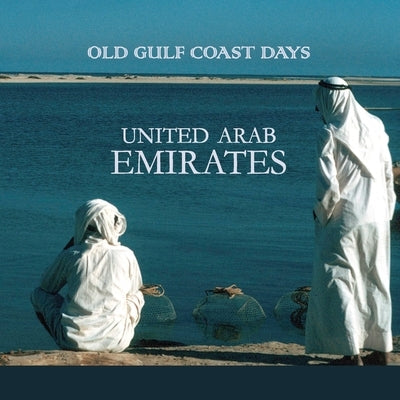Christine Osborne Pictures
Old Gulf Coast Days: United Arab Emirates
Old Gulf Coast Days: United Arab Emirates
Couldn't load pickup availability
The United Arab Emirates is a federation of seven sheikhdoms located on the western shore of the Persian Gulf: Abu Dhabi, Dubai, Sharjah, Ajman, Umm al-Qawain, Ras al-Khaimah and Fujairah on the Arabian Sea coast. Historically known as the Trucial States, the region enjoyed British protection until the rulers shelved differences and amalgamated as the UAE in 1971.
Before the discovery of oil, people lived at subsistence level. The men moving between inland oases for the annual date harvest and to the coast for work as fishermen and pearl divers. In the desert hinterland, they lived in tents while simple palm frond shacks provided basic housing by the sea. When crude oil exports from the largest emirate Abu Dhabi began in 1962, life began to change; the economic affects were enormous, but the social affects of this swift transition were equally so as the Bedouin swapped nomadism for an urban lifestyle. Real development- roads, housing, hospitals and schools - was well underway by the 1980s. Dubai had always prospered from a buoyant maritime trade. The small emirates benefited from the munificence of Sheikh Zayed bin Sultan al-Nahyan, ruler of Abu Dhabi and the first president of the UAE, who declared that "Money is of no use unless it is used for the benefit of the people."
Australian photojournalist Christine Osborne is author of The Gulf States & Oman examining the impact of oil on development and social change in the Arab States of the Gulf.
Author: Christine Osborne
Publisher: Christine Osborne Pictures
Published: 07/28/2022
Pages: 54
Binding Type: Paperback
Weight: 0.19lbs
Size: 6.50h x 6.50w x 0.14d
ISBN: 9780992324063


